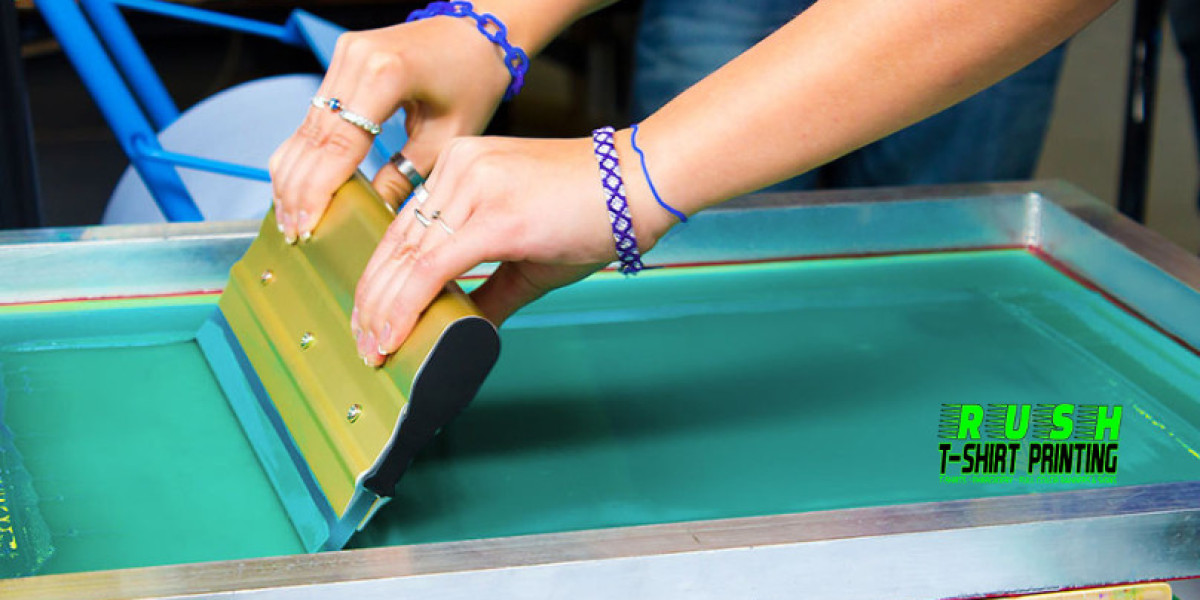A clean and organized workspace can significantly boost productivity and create a more pleasant working environment. One often overlooked aspect of maintaining such an environment is effective cable organiser. Here’s a comprehensive guide to help you organize your cables and keep your setup tidy.
Tips for Effective Cable Management
1. Plan Your Setup:
- Map Out Your Devices: Before you start organizing, make a list of all the devices and their cables. Plan where each device will be placed and the path each cable will take.
- Measure Cable Lengths: Ensure you have cables of appropriate lengths. Too long cables can create clutter, while too short ones can be a stretch hazard.
2. Label Your Cables:
- Use Cable Labels: Label both ends of each cable. This will help you identify which cable belongs to which device, making troubleshooting and reorganization easier.
- Color Coding: Use different colors for different types of cables, such as power, data, and audio/video.
3. Bundle and Secure Cables:
- Cable Ties: Use reusable cable ties to bundle cables together. This prevents tangling and keeps cables running in a neat line.
- Velcro Straps: These are great for larger bundles and can be easily adjusted if you need to add or remove cables.
- Cable Clips: These help keep cables attached to surfaces, preventing them from hanging or getting in the way.
4. Use Cable Management Tools:
- Cable Sleeves: These enclose multiple cables in a single, neat sleeve, protecting them from damage and reducing clutter.
- Cable Trays and Raceways: These can be mounted under desks or along walls to hide and route cables discreetly.
- Cable Boxes: Hide power strips and excess cable length inside a cable box, keeping them out of sight and reducing dust accumulation.
5. Keep Cables Off the Floor:
- Under-Desk Cable Management: Use under-desk trays or adhesive hooks to keep cables off the floor and out of the way.
- Cable Holders: Attach these to the edge of your desk to hold frequently used cables, preventing them from falling to the floor.
6. Minimize Cable Length:
- Shorten Cables: If possible, use the shortest cable length necessary to reach from one device to another.
- Custom-Length Cables: For a perfect fit, consider making or purchasing custom-length cables.
7. Hide Cables in Plain Sight:
- Conceal with Furniture: Route cables behind or under furniture to keep them out of view.
- Use Decorative Elements: Cable channels and covers can be painted or designed to blend in with your décor.
Essential Tools for Cable Management
- Cable Ties and Velcro Straps: For bundling and securing cables.
- Cable Sleeves: For organizing multiple cables into a single bundle.
- Cable Clips and Holders: To keep cables in place and prevent them from tangling.
- Cable Trays and Raceways: For routing cables along walls and under desks.
- Label Maker: To label cables and keep them easily identifiable.
- Cable Boxes: To hide power strips and excess cable lengths.
- Adhesive Hooks: To attach cables to surfaces and keep them off the floor.
- Cord Covers: To protect and conceal cables running along floors or walls.
Maintenance Tips
- Regularly Review and Update: Periodically check your cable setup to ensure it remains organized and make adjustments as needed.
- Clean Dust and Debris: Keep the area around your cables clean to prevent dust buildup, which can be a fire hazard and reduce the lifespan of your cables.
- Inspect for Wear and Tear: Regularly inspect your cables for signs of wear and replace any that are damaged.
Conclusion
A well-organized cable setup not only looks neat but also enhances the safety and functionality of your workspace. By planning your cable routes, using appropriate tools, and maintaining your setup, you can enjoy a clutter-free and efficient environment.


